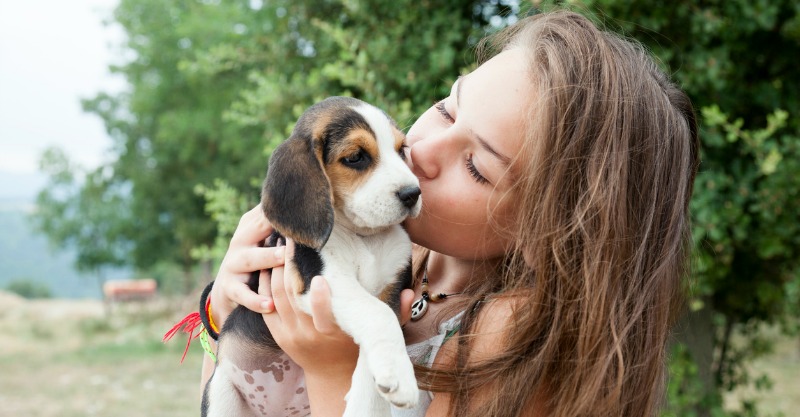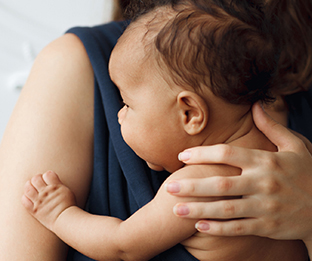“So cute I could gobble you up!” Why we sometimes want to eat our babies

You know when you just have to squeeze your baby’s chubby thighs because you are overcome by the CUTE?!
You are not crazy. And not alone. You have just experienced cute aggression and it’s totally a thing, according to science.
What is cute aggression?
Cute aggression occurs when we have an overwhelming urge to squeeze, smooch or even bite – but not hurt – creatures that we find cute. This might include baby animals, like the family puppy, or our own little ones.
Erm, hands up who hasn’t experienced this with their chubby bubby who they just have to pick up and smother in 10,000 kisses and whisper that they, “could eat you up!”
Yep, cute aggression is a thing but now research is showing that there is a neural element involved – meaning something happens in our brains to make us want to scream through gritted teeth in a reaction to something cute, it’s not just behavioural.

The study
In a first of its kind study, a professor has looked into the relationship between brain activity and cute aggression. And it’s quite interesting.
By putting special caps fitted with electrodes on the top of the scalp of her participants, assistant professor Katherine Stavropoulos, from the University of California was able to show there is a neural component to cute aggressive behaviour.
Forty-five people between the ages of 18 and 40 participated in the study, and all of them were shown four blocks of 32 images deemed “more cute” animals (like small baby animals), “less cute” animals (adult animals), and “more cute” babies and “less cute” babies.

Enhanced to be even cuter
As if babies aren’t cute enough, Stavropoulos had the “more cute” baby images visually altered to have especially cute features. These included things like making the eyes bigger, the noses smaller and the cheeks chubbier.
Stavropoulos then made the second set of baby images not as cute. They were tweaked to have thinner cheeks, smaller eyes, and so on.
Participants were shown the pictures in a different order and watched each kind of picture for about three minutes before they were asked to fill out behavioural questionnaires. Answers that indicated cute aggression included responses like, “I want to eat you up!” and “I want to squeeze something!” They were also asked if they felt compelled to take care of what they had just viewed – “I want to hold it!” and “I want to protect it”.
Babies are always cute
Although the cuter animals scored cuter aggressive responses than the not so cute animals, both sets of baby images scored the same, proving that babies are always cute.
But Stavropoulos did note that if you are already a parent you are more likely to have an aggressive cute reaction to a baby.
“I think if you have a child and you’re looking at pictures of cute babies, you might exhibit more cute aggression and stronger neural reactions,” she said. “The same could be true for people who have pets and are looking pictures of cute puppies or other small animals.”
“Essentially, for people who tend to experience the feeling of ‘not being able to take how cute something is,’ cute aggression happens,” she said.
That said, Stavropoulos notes that it isn’t a universal reaction. She told Gizmodo that she’s found there are still around 30 percent of people who can’t understand why she is studying this.
“Since I started doing this study about a year ago, I’ve been asking people at social gatherings, ‘Do you know what this is? Do you feel this way?'” Stavropoulos said. “What’s weird is the other 25 to 30 percent look at you like you have no idea what you’re talking about. Like, ‘What do you mean you want to punch a cute animal? That’s mean!'”
In the future, Stavropoulos hopes to use electrophysiology to study the neural bases of cute aggression in a variety of populations and groups, such as mothers with postpartum depression, people with autism spectrum disorder, and participants with and without babies or pets.
More interesting studies:









